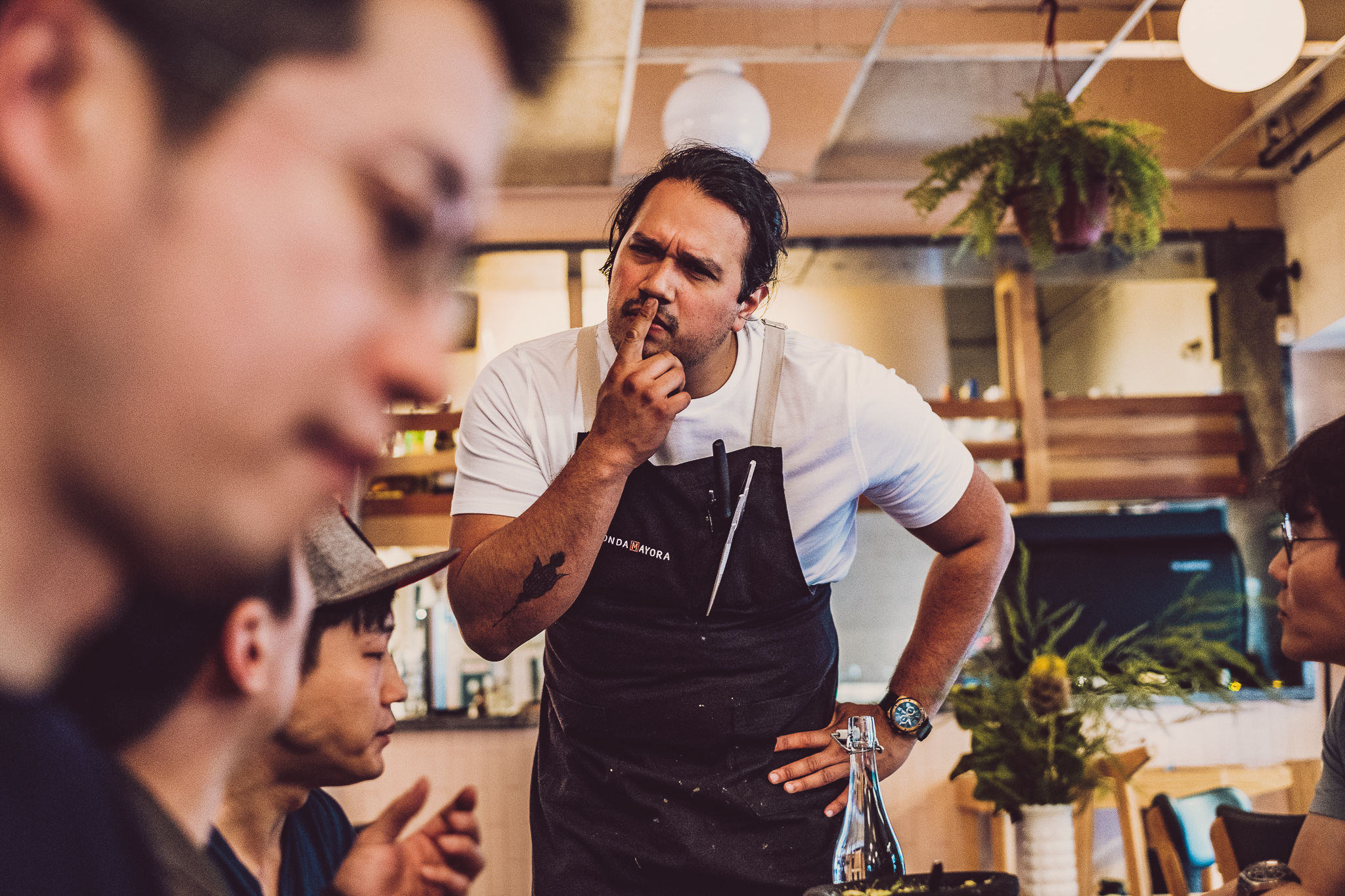My formula for street photography (not a technical guide)
Hello again FujiXpassion’ites, this time I decided to talk about something that is rather personal for all of us but can also be intimidating for most. Street photography, is a wide spectrum. It can entail photos of street scenes, people, portraits, or all about timing like the great work of Magnum photographer Matt Stuart (whom I personally love) (www.magnumphotos.com/photographer/matt-stuart/).
For me though, street photography is a combination of seeking, patience, timing, and composition.
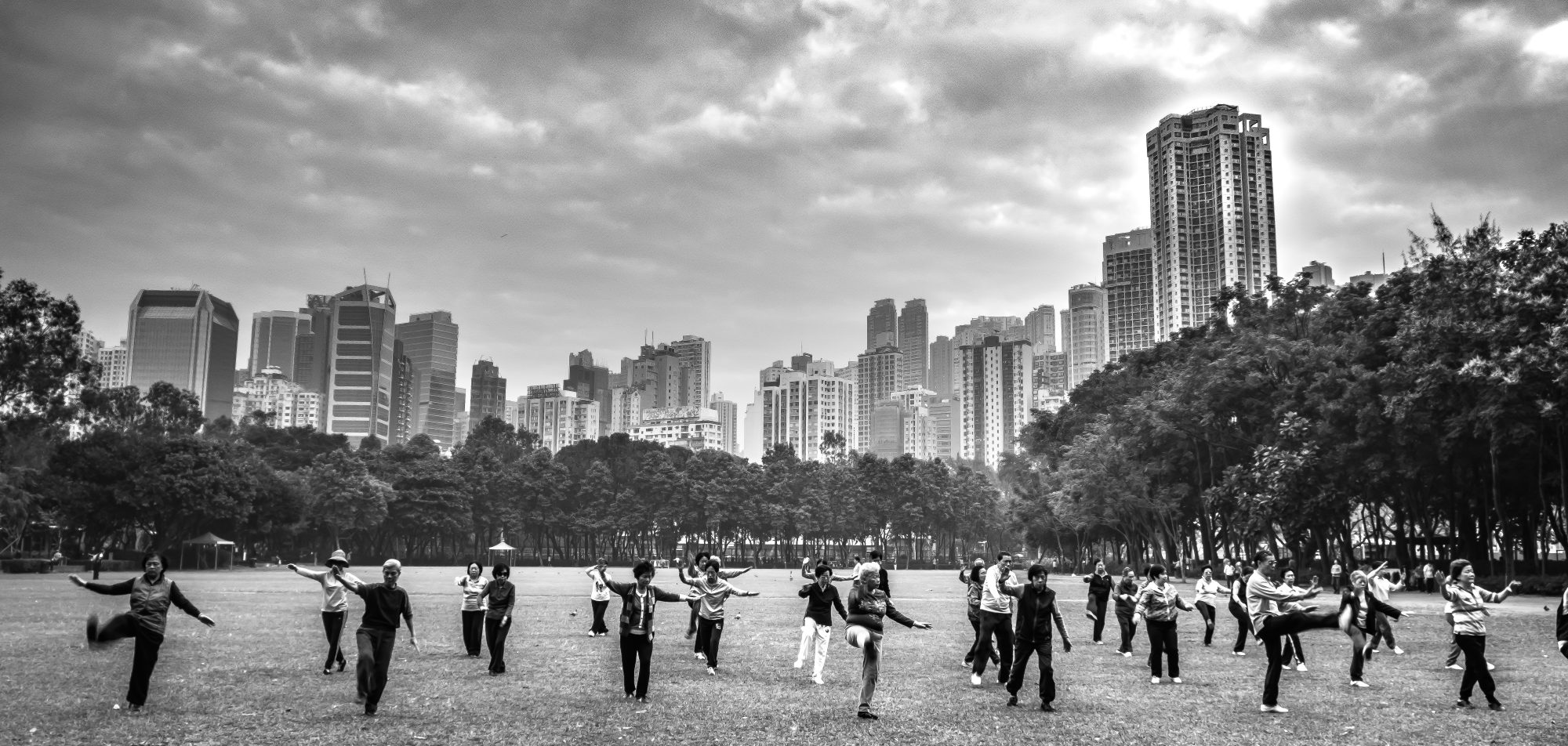
By seeking I mean one has to be aware at all times and walk around as though looking at everything through the lens. Every time you turn a corner, survey the scene, if anything of interest appears either shoot it or evaluate what else is needed to make the composition interesting. For me one of the the things that makes photographers different than people with a camera is awareness of our surroundings. This usually comes from a conscious passion for capturing that unique moment. People often tell me that they have been to “that” place so many times but never noticed “this” as they see my photos, or how I must have a natural talent for capturing these moments, but the truth is the passion came naturally, but the awareness is practiced.
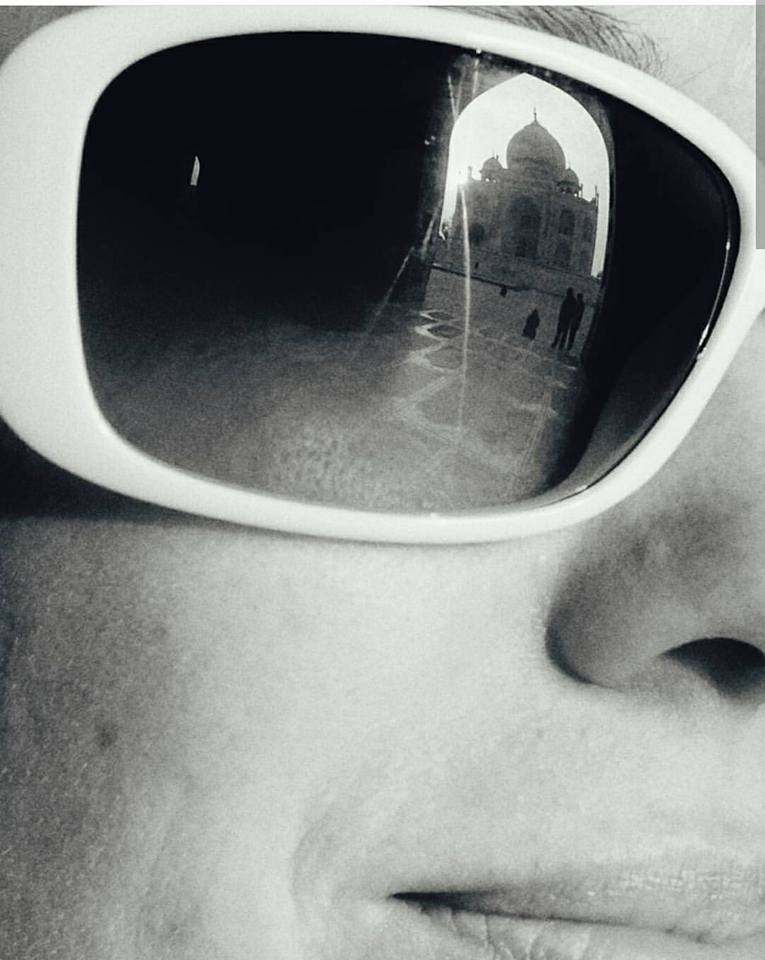
Another very important aspect for capturing unique impactful moments is patience. A perfect scene comes along every now and then but mostly it takes a lot of patience to wait for the moment to be just right. I’ve seen long winding roads in the hills of south India that were beautiful on their own, but I have literally wished a yellow tractor on to the scene and waited until it appeared at just the right spot (which of course involved seeing one, and running up the hill to get to the right vantage point). Street photography is not scripted but the universe seems to have a pretty interesting script pre-written, but sometimes the timing is off, so, patience.

Related to patience is the idea of timing. It’s not just waiting at the right place for the right subject to appear and make the scene whole, but also the timing so we capture the moment just as we envisioned it. It is, after all, our vision coming to life that excites us as photographers. It’s what can give us pride in our work and our style. The cyclist whizzing past is something we can wait for, but the moment we press that shutter is just as important. Technical knowledge of one’s camera is key here because the shutter speed setting or the depth of field can make a huge difference in setting that scene. I personally love some movement in my street scenes, I feel it adds a dynamism to the street, a realism that can bring a viewer into the scene. Weather it’s a commuter blurring by, a panning shot, pigeons flying by, or a less likely (without a tripod) street shot using long exposures.
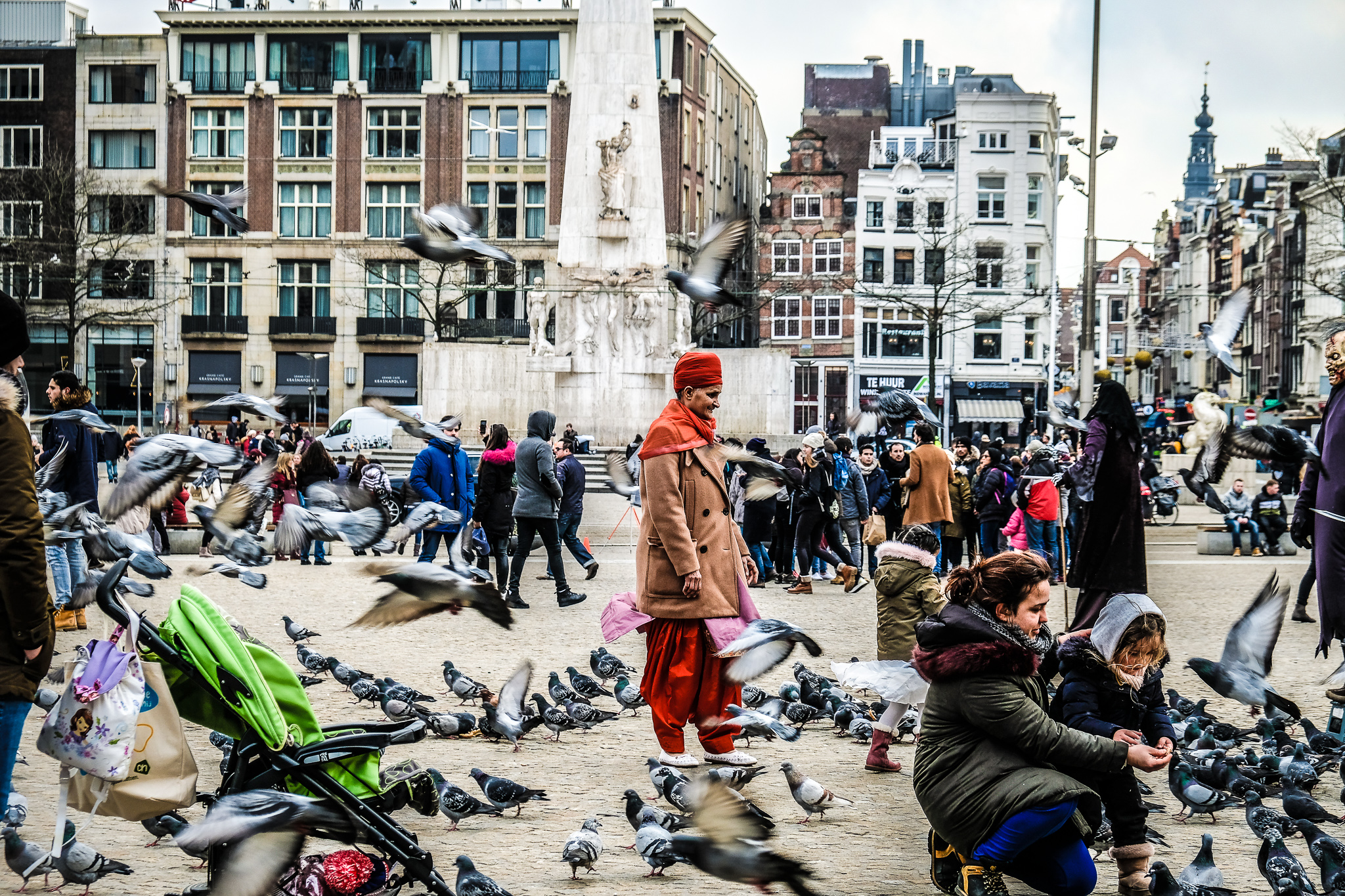
And last but not the least, composition. I hesitate to call it the most important, but it certainly forms the base for the shot. The other three are practiced, but composition is clearly as they say ‘in the eye of the beholder’. What a photographer captures is entirely up to the composition. I was constantly told by Magnum photographer Raghu Rai (www.magnumphotos.com/photographer/raghu-rai/) during a workshop I attended in Hong Kong a few years ago to step back and capture the scene. I had this tendency to get close and capture details or very specific subjects or objects. What I was missing was all the action around that one myopic viewpoint. I realized I can always crop anything uninteresting from the composition later, but I could never expand the view later. It’s the difference between seeing and shooting (relying on luck more than anything) versus what I call ‘surveying and presenting’ the scene. What you decide to show in the final frame is an artistic choice, of course, but taking the photo of a surprised man and missing what he was surprised about seems like a lost opportunity.
*A note on lenses here; I typically use the Fuji X-T2, I love the quick access to all the dials up top. When shooting street photography speed can often play an important part and the Fuji X-T2 design is pure perfection as far as I am concerned. Although common wisdom states the full frame 35mm equivalent XF 23mm would be ideal, in fact, I have noticed myself being most happy having the 18-55mm on my camera. The lens is sharp and versatile, the slight zoom does come in handy, but most of all, the wide 18mm is quite useful when capturing street scenes.
So I would suggest stepping back, letting the ‘whole’ sink in and then after you are basically part of the scene you can shoot at will. Take your time, wait for that which will make this more than just another photo, wait for what makes this YOUR photo – then everytime you see it, you’ll know what it took and it is sure to be pleasing, if not to anyone else, at least to you.
SUBSCRIBE TODAY THE FUJI X PASSION VIRTUAL MAGAZINE
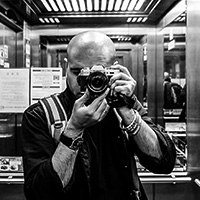
Seoul based professional photographer/videographer (and pondering the if at this point shall we just call ourselves visual content creators?); Anuj Madan has chosen to concentrate mostly on Food and artists portraits as you can see on his website www.AnujMadan.com. Although these days the lure of travel documenting is what he stays up nights dreaming about, he still credits food and the chefs that create those masterful pieces with his recent success. “My hope is to create something artful, to inspire artists to push themselves and drag me along on that journey less traveled.” He aims not to be a technical master photographer but rather a philosophical content creator through his photography. The biggest compliment he received so far was, “Our sales went up after we put up those photos at the XYZ location” and he hopes the next compliment he gets is, “Anuj, your work and process made me create something better than I had expected, you brought the best out in me, let’s do another project together”.

